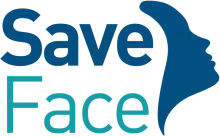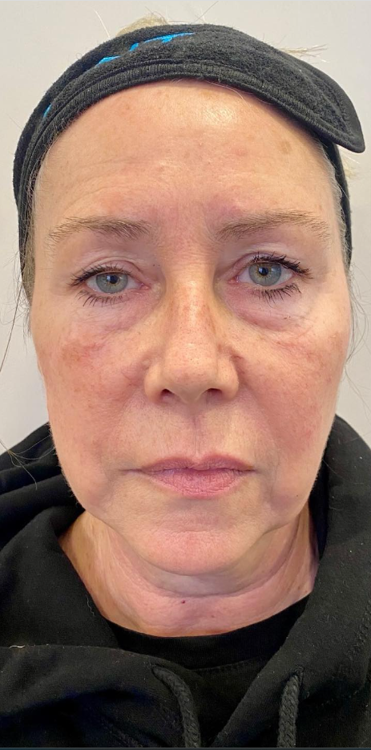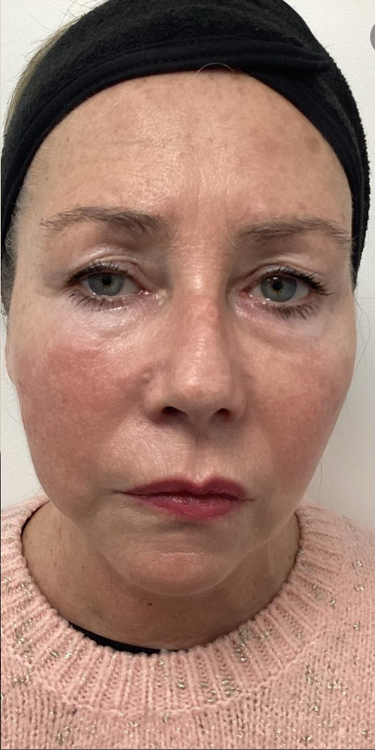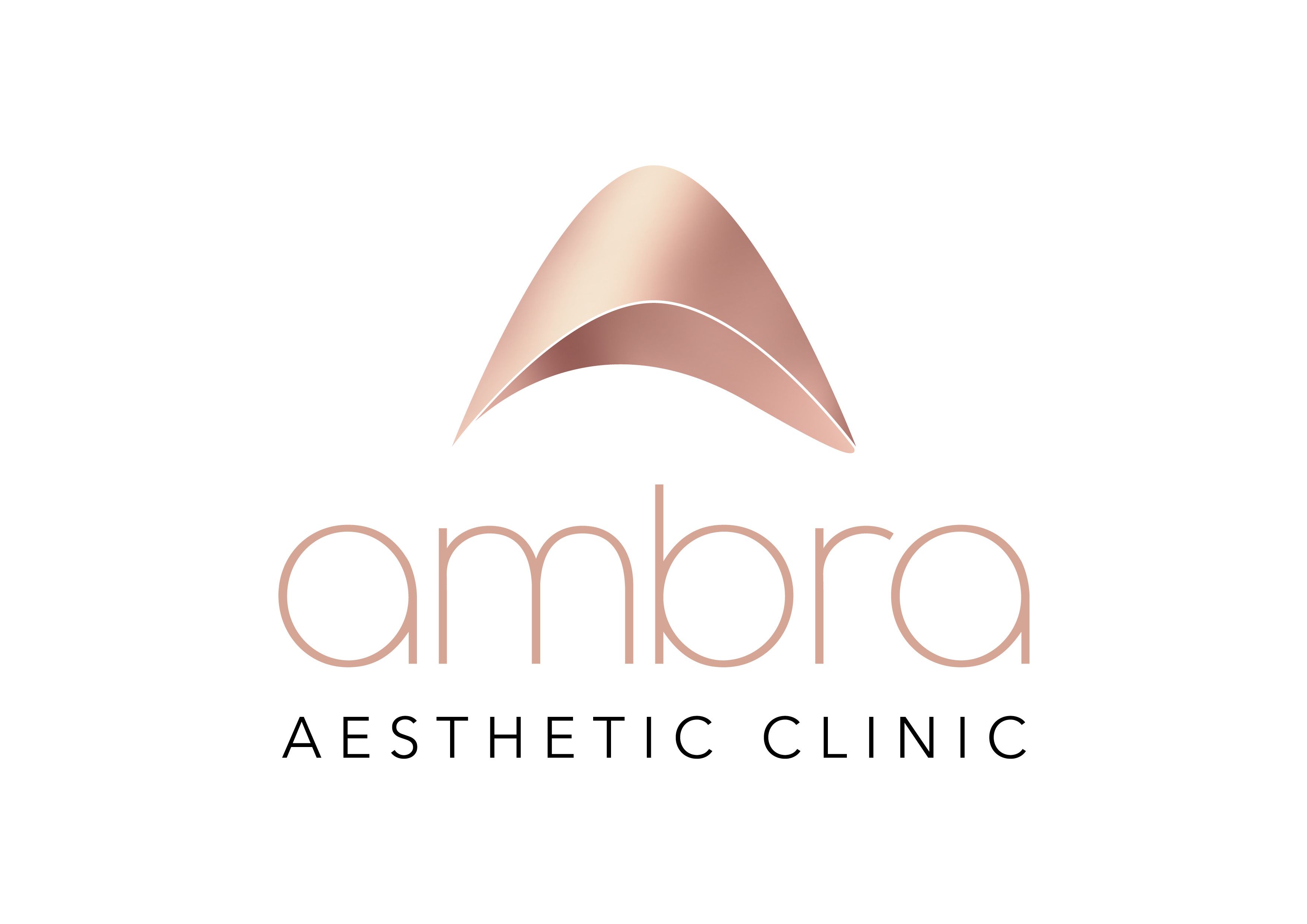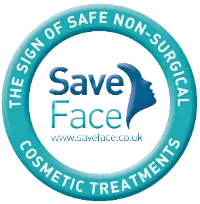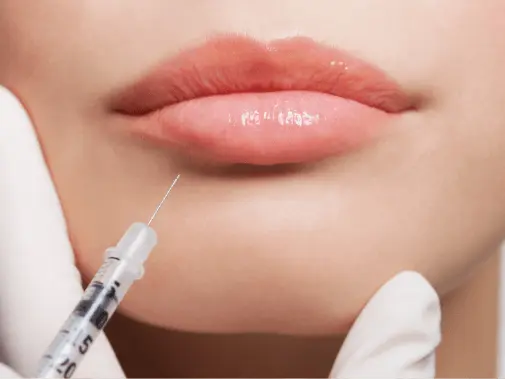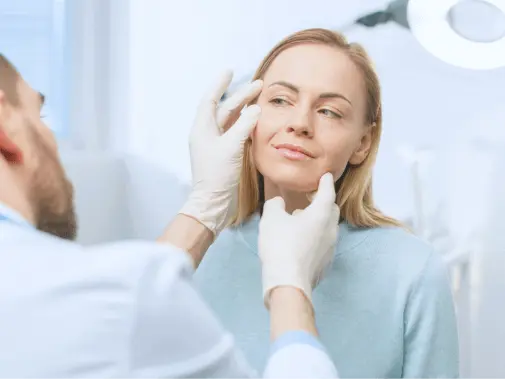Overview
When it comes to thread lifting treatment, there are different kinds of threads which may be used to lift any part of the face, which may the forehead, cheeks, jowls, jawline and neck. The two main types are made of either Poly L lactic acid (PLA) or polydioxanone (PDO).
Both PLA and PDO threading have collagen stimulating properties and are resorbable, meaning they dissolve over time. As a result, they leave tighter repair tissue. This is because they often produce Type 3 Collagen tissue behind it to prolong the result. The threads are either smooth (monos) for improving skin texture, or consist of barbs, cogs, anchors or screws to reposition the tissue.
Thread lifts are a regulated procedure. Clinics where thread lifts are performed by nurses, doctors and dentists are required by law to be registered with The Care Quality Commission.
Please check your chosen PLA or PDO thread lift clinician is also registered with The CQC.
Why Get a PDO Thread Lift?
A PDO thread lift is a procedure that targets skin sagging and wrinkles, lifting the skin through stimulation of collagen. While this is a natural part of the ageing process, PDO threading can lift your confidence by lifting your skin.
